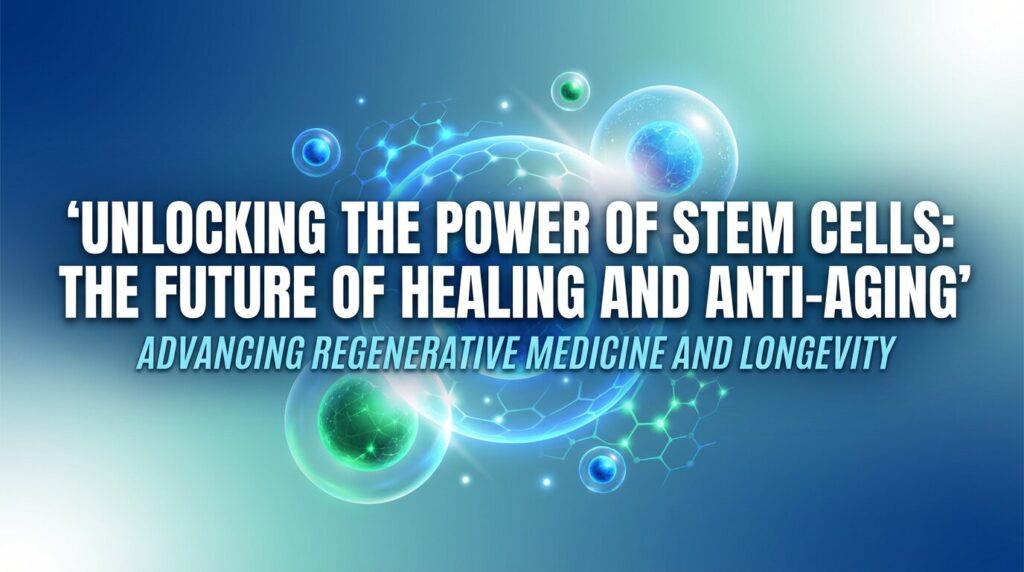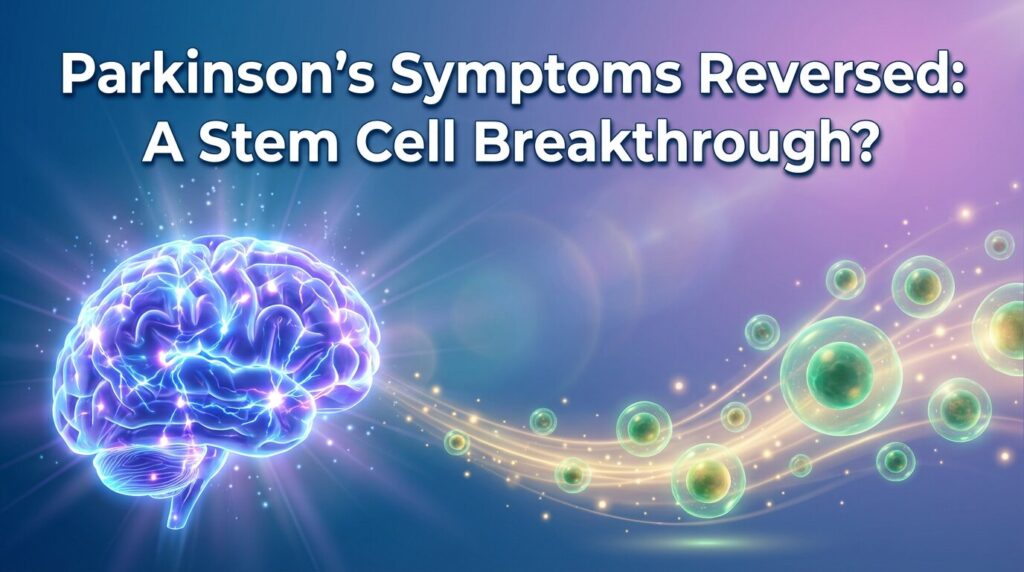Stem cell therapy is showing incredible potential for recovery of function after acute stroke. Stem cells are the body’s natural healing system, and when injected into muscle tissue can produce new cells to replace those destroyed by the stroke. These stem cells work by secreting enzymes that break down damaged cells and stimulate growth of healthy ones; they also help to protect against inflammation and reduce scarring.
A stroke is a lack of blood flow to the brain due to a blockage in one of the arteries. This can be caused by either a clot blocking off an artery or a burst blood vessel that blocks off the normal flow of blood and oxygen. A stroke is often fatal and can cause paralysis, speech difficulties, and various cognitive problems. However, the use of stem cell therapy has been shown to reduce the risk of death and improve overall function post-stroke.

Stroke is the 4th most common cause of death in the United States with over 795,000 strokes occurring every year. The two major forms of stroke are cerebral ischemia and hemorrhagic stroke. Hemorrhagic strokes account for about 10% of all strokes. Strokes can be devastating due to the damage to brain tissue, causing muscle paralysis, speech impairment, cognitive disabilities, and changes in mood and personality.
Stem cells are being used in medical treatment with the hope of being able to fix damaged tissue. There are many advantages of using stem cells for patients, but there are also some disadvantages to consider. One disadvantage is that some patients may not be good candidates for producing stem cells in the lab. Other disadvantages may include lack of access to good quality stem cells and the high cost that might not be covered by insurance.
What is the success rate of stem cell therapy?
Stem cells have been a hot topic in the medical industry. Originally only known for their potential to cure cancer, stem cells have now been used in a variety of other treatments. One of the most common being the treatment of stroke patients. In a study done by researchers from Hong Kong, they found that out of the twenty-three patients who had undergone stem cell therapy for their stroke, twelve showed significant improvement and were able to walk without assistance.
Can stem cells heal the brain?
Stem cell therapy for stroke patients has been one of the most promising advancements in the medical field. Scientists have found that stem cells can regenerate brain tissue, which may play an important role in healing strokes. Stem cells are able to do this because they are able to become any type of cell in the body, and brain tissue is no different.
In conclusion, stem cell therapy for stroke patients shows much promise for health improvement. Progress continues to be made in this field every day and in time stem cell therapy might be one of the leading forms of rehab for stroke patients.
*** All content on NationalStemCellTherapy.com is for informational purposes only. All medical questions and concerns should always be consulted with your licensed healthcare provider.



